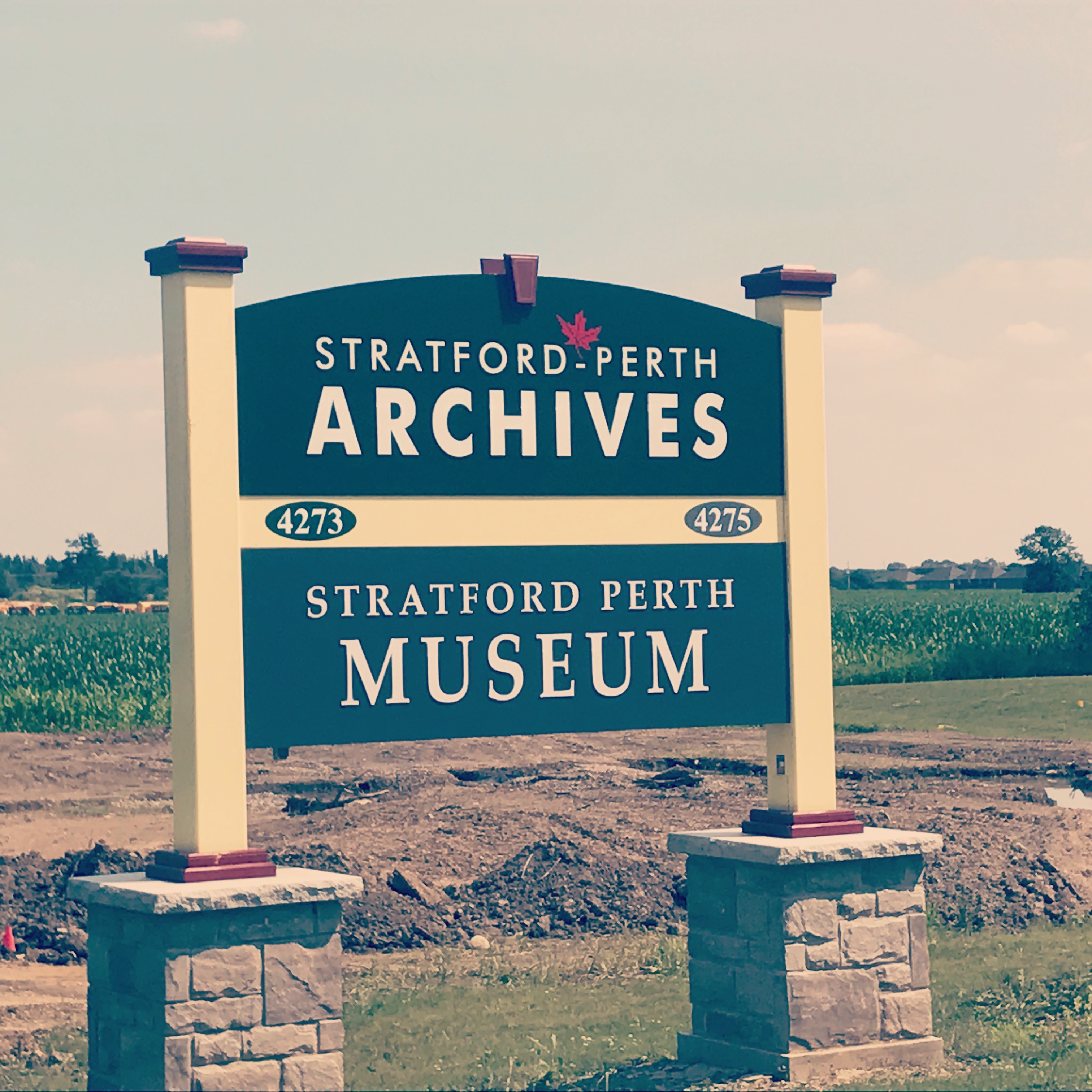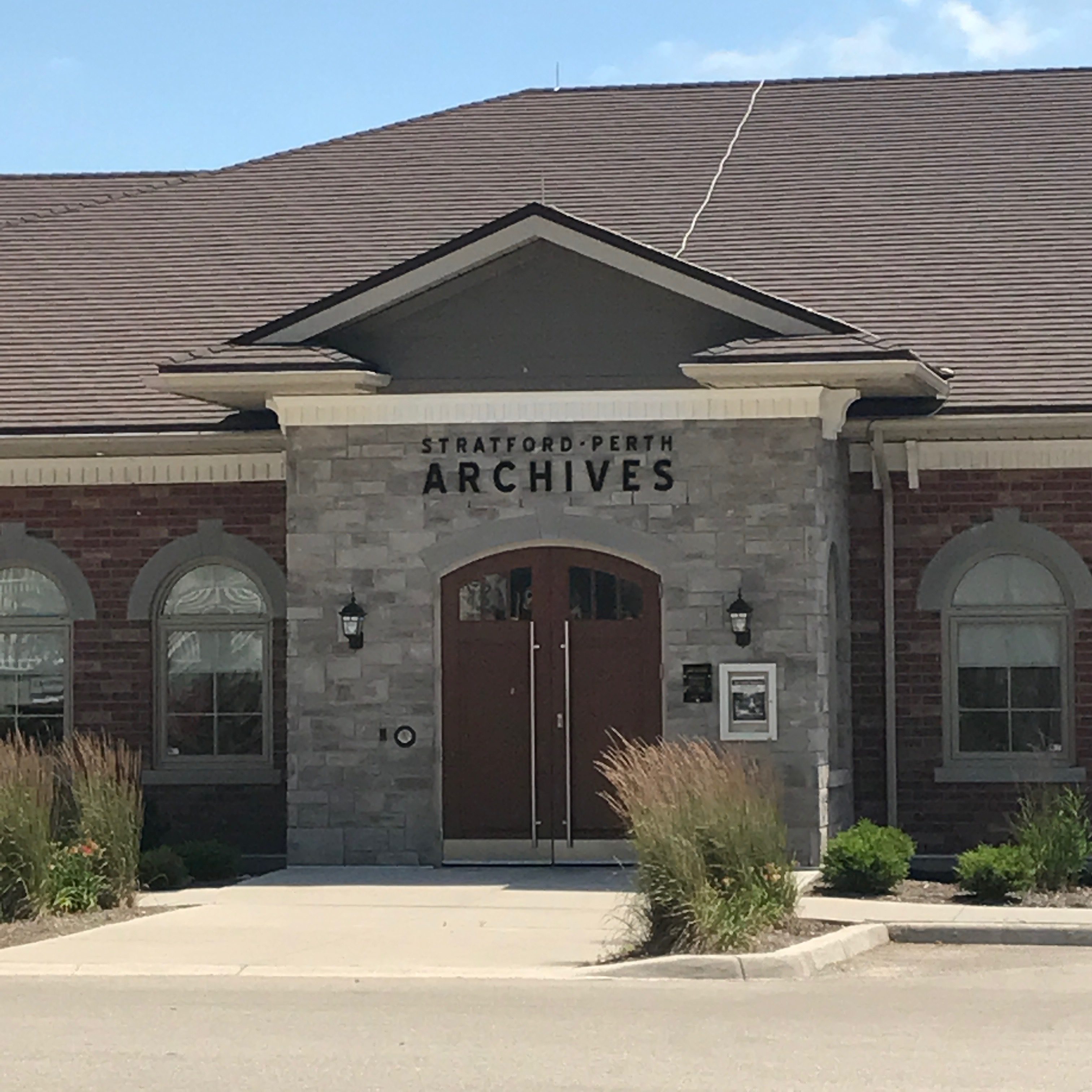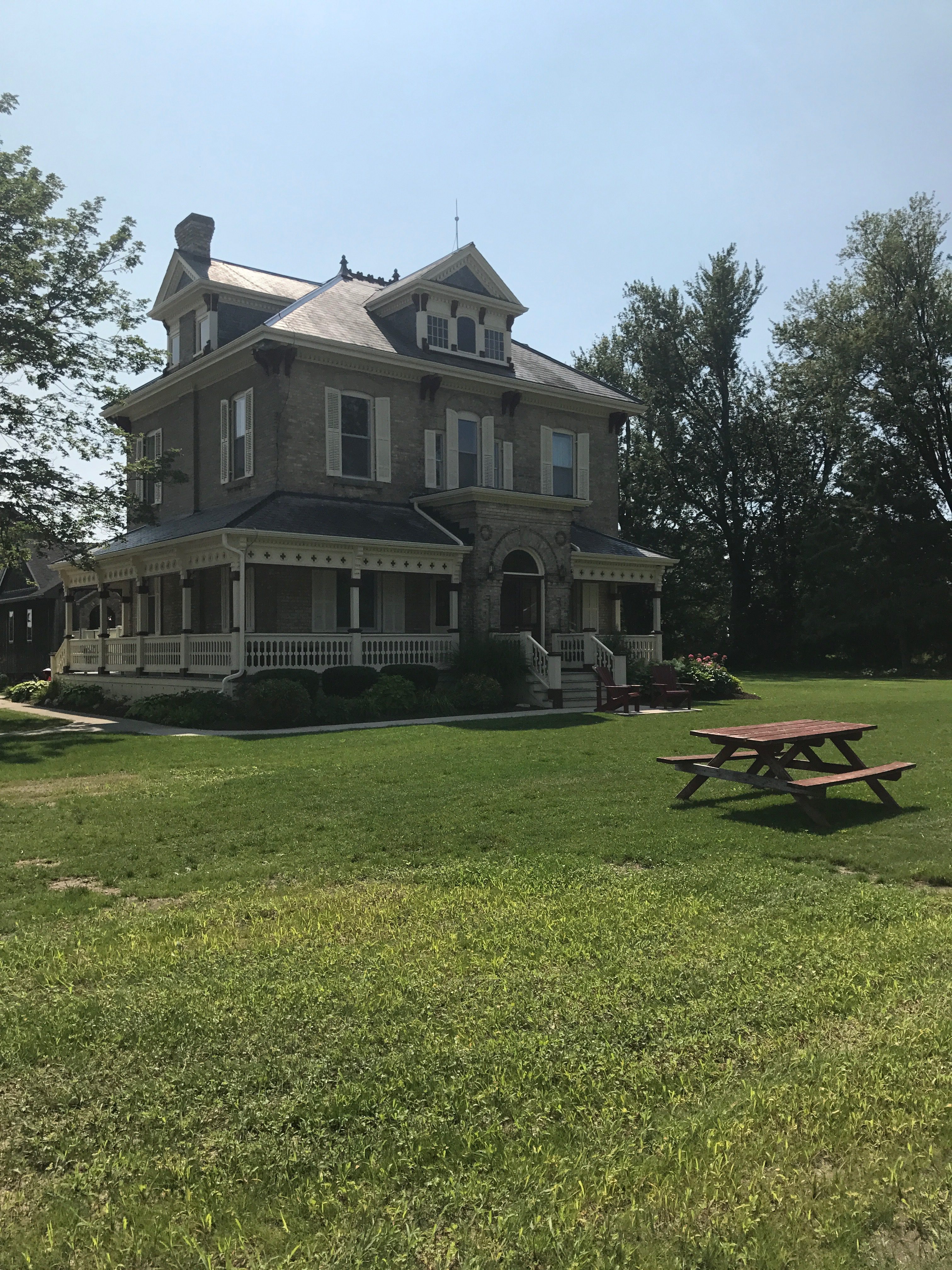Category: World Building
A Setting and Social History Research Trip – The Do’s and Don’t’sA Setting and Social History Research Trip – The Do’s and Don’t’s
Now that we have our social history and setting research list ready to go it’s time to head out for our to archives to begin our setting and social history research. I’ve gathered together some advice that has helped me in my archives visits and making the most of my time and staying focused and productive.
Do Email the Archives Ahead of Time – It only takes a minute and will go along way in making the most of your time when you arrive. It gives the researchers at the archives an opportunity to source out what they have for you. Sean at Stratford Perth Archives was very accommodating. He asked for the list of books that I had sourced out to see how many of them they had. When I arrived, Sean knew who I was, and we were able to dive right in.
Don’t Assume all Archives are the Same – On your first trip take some time to get acquainted with the Archives. Sean was outstanding in giving me a tour. He laid out their policies very clearly in advance so I knew what I could and couldn’t do. Every archive is a little bit different, for instance, some allow pictures others do not. Make sure you know the policies before you begin.
Do Ask Questions – Don’t be afraid to ask questions. Not all archives are as forthcoming with information as the Stratford Perth Archives. Ask questions if you’re unsure of their policies. If you don’t know where to find something or how to load that darn microfilm reader. No one expects you to come into a new archive and know everything they have or even the history of the area. The researchers are there to help you, make the most of their knowledge.
the Stratford Perth Archives. Ask questions if you’re unsure of their policies. If you don’t know where to find something or how to load that darn microfilm reader. No one expects you to come into a new archive and know everything they have or even the history of the area. The researchers are there to help you, make the most of their knowledge.
Do Create a Notetaking System – Decide in advance how you plan to take notes while at the archives. Stick to that plan. Nothing is more confusing than using one method one visit and something different the next. I grab my iPad and make notes right into Evernote. I create a new note for each topic on my list.
Don’t Forget to Record the Book Details – Make sure to each note you record all the necessary details to create a citation or bibliography later. It only takes a minute. Make it a habit each time you pick up a book.
Do Check out the Bibliography – Check out the bibliography and references in each book you consult for further resources you may not have on your list. I keep a note pad beside me and I jot down anything that comes across that might suggest another book or resource look at or a new topic I may need to add to my to-do research list.
Don’t Expect to Get it all Done in One Trip – Pace yourself and set up a schedule for subsequent visits. I’m visiting the Perth Stratford Archives every Tuesday for the summer until I feel I have exhausted their resources.
Don’t be Afraid to Research and Write at the Same Time – I mentioned how important it is to plan your story out before you begin your research. It will help you build your checklist. Don’t be afraid to start writing even while you are still researching. You may not have all the details that you need, but you can certainly leave a marker in your text where more details are needed. If you haven’t already identified that detail on your research list, then you can add it now. You will identify more items as you write. It is good to know you can add them to your list and pick them up on the next visit.
Do Take Breaks – Pack yourself a lunch and drinks and take breaks. Keep in mind you can’t eat or drink in the Archives. Some may provide a room for you but if you’re researching in the summer take advantage of the beautiful weather and step outside to get refreshed and re-focused. You’ll be much more productive if you keep your energy up. Step outside get some sunshine take in some energy and go back at it refreshed and focused. I find after a few hours of research my mind begins to wander. On my first visit, I checked out the Perth Archives Museum which offered me some good information. One my second trip, I took a drive to where my ancestor’s land would have been and next week I’m going to visit the tourist office to seek out some walking tours.
Do Start with General History of the Area – I like to start my first visit with the general history of the area. What is the town’s history? How did the town originate? While the city history may or may not become part of your story, it is like any good character you need to understand its backstory, its history to portray it accurately in your story. (Psst. Next week’s post how to research your setting like a character in your story.)
Do Evaluate What Needs to Be Done at the Archives and What Can Be Done From Home. As you work through your list, it might become apparent that some books are available online or for purchase or in a library. This allows you to do some of your social history and setting research from home.
Do Check the Index of Each Book for Items on Your Research List – Before I put a book back on the shelf, I check the index for anything else in the book that maybe on my checklist, like places, names, events, etc. I don’t want to keep revisiting these books, so I prefer to pull a book from the shelf start with the general history and then look for the specifics, of names, places and events, etc. that are on my list.
Do Re-evaluate Your List After Each Research Trip – After each trip, I re-evaluate my list. Did I accomplish anything on the list? Do I have enough research on it that I can check it off the list? What is my game plan for my next visit? I then create a smaller to-do list for my next trip. I like to do this immediately following my day either that evening when I get home or even before I leave while it’s all still fresh in my mind.
Be sure to read the other posts in this series:
My Summer of Setting and Social history – World Building
8 Tips to a Social History Plan
World BuildingWorld Building
I’ve been thinking a lot about my ancestor’s world as of late as I prepare to write the story of my 4th great grandfather. John Phelan immigrated from Kilkenny, Ireland to Stratford, Ontario in 1833. I’m not going to give away the plot, but I will tell you that it takes place in Stratford, Ontario in 1847. It revolves around 2-3 days and involves many of the local townspeople. Before I sit down to write I need to have a clear picture of what Stratford looked like in 1847, I want to understand the personality of this community and its people. I want my readers to experience Stratford in 1847, I want it to be as authentic as possible. So, in a few weeks time, I’m heading to Stratford for a little local and social history research. I’ll keep you posted. But let’s take a look at some of setting elements I’m going investigate while in Stratford to help build my ancestor’s world.
If you’re writing your family history stories, then you’re probably aware of the importance setting plays in writing stories. By giving great detail and description to the setting we bring that world to life for the reader, drawing them deeper into a different place and time and making the ancestor’s life and the event we are recreating on the page come to life for the reader.
Too often we rely on the old standbys to create story setting, reliables like landscape, architecture, rooms, furniture, and the climate is predictable in a story setting.
Unfortunately, too many writers stop there when there is likely a lot more detail and description that we might be able to include to paint a clearer more realistic and accurate picture of our ancestor’s life.
Let’s push beyond the obvious and consider some other aspects of our ancestor’s world that could help bring the setting to the page for the reader.
8 of My Favourite World Building Details
- Food – I love to use food where possible because it can be a great sensory experience, allowing us to use a good majority of our senses when we describe it, hear, feel, see, smell and touch. Look for the types of food you’re your ancestor would have cooked, the everyday dishes, special occasion food, what was the local agriculture to the area and how did they prepare and cook their meals.
- Government and Politics – We often underestimate how much the world and local politics affected our ancestors. Who rules? Kings? Queens? Presidents? Dictators? How did government affect our ancestor’s lives? Consider taxes, for instance, local taxes could put a strain on a family and that could easily be reflected in their surroundings, what they could afford and their opinions and dialogue. Sometimes it even caused them to pick up and move.
- Health – Our ancestor got sick, even died. How does healthcare work into the time of your ancestor? How did society treat sick people? How did they perceive medicine? Doctors? What were the practices of the time? What medications were available, doctors visits, general health practices?
- Communication – How did your ancestor communicate with others in the town, with their neighbours or families far away. Even in one town, there could be a variety cultures and therefore languages, there also might be a variety of dialects, slang words and accents.
- Currency – What was the currency of the day? Did your ancestor use paper money or coins? Did the local shopkeeper manage accounts for the townspeople or was bartering a common occurrence.
- Religion – You don’t have to be religious to understand that religion had a great influence on how our ancestors behaved. It influenced their movements, thoughts and behaviours. It is impossible not to have religion in your ancestor’s town. Religion is a foundational element to all cultures. They affect the way people eat, sleep and relate to others. There may be multiple religions in your ancestor’s village. Learn about the local religions, their moral codes, beliefs and history so you can better understand the make-up of your ancestor’s village.
- Races – Did your ancestor live in a multi-cultural community? How did this affect their behaviour, their exposure to different foods, clothing and beliefs? How did they view others races? Did racism exist in their community? Did your ancestor live in a liberal community that embraced diversity?
- Recreation – What did your ancestor do for fun? Did they play sports or other activities that were part of their daily life? Did they read? Play board games? Tell stories? How they spent their free time reflects their cultures and enriches your world building.
Where to Find World Building Details
A little research into the local and social history of your ancestor’s part of the world can help to reveal how some of these elements were a part of their world. Now by now means is this a complete list. You can find a much more extensive list in Authentic Ancestors. But it is a great representation that can help us push beyond the standard description of their surroundings, dig a little deeper to truly understand the world they were living in and build that world with confidence for your reader. Look at your library, online libraries, historical societies, genealogical centres, newspapers, letter and diaries and city directories to help you flesh out the setting and social history details.
Recently I spent some time on Amazon looking for local and social history books for my upcoming writing project. I found some great resources, but they shouldn’t take the place of visiting the archives and museums of the local areas that your ancestor lived. Don’t just use one resource but a variety to build your ancestor’s world.
Here are some of my recent discoveries on Amazon.
These first two are going to help me out a great deal with my upcoming project.
The Backwoods of Canada, (download to Kindle for .99)
I also stumbled upon this a series of books called A Writer’s Guide to Everyday Life, each book addresses a different time period. I thought they might come in handy for some of you.
Everyday Life in Colonial America
Everyday Life in the Middle Ages
Everyday Life in the Wild West
Everyday Life During the Civil War
Everyday Life from Prohibition through to World War II
Everyday Life in Renaissance England
( I do receive a small compensation from Amazon if you purchase through one of these links.)
Now, we’ve offered up lots of ideas. Of course, we don’t want to overdo it. We might have to pick and choose which details and descriptions best suit our story. It’s up to you to decide what will ultimately serve your story and reader. We can’t include it all, but it’s nice to know we have options. Take some time before you write to research and learn what setting options are available to you so that you can build your ancestor’s world with authenticity.

